Disclosure: This article contains affiliate links. We may earn a commission from purchases at no extra cost to you, which helps our travel content.
When I first moved to Tokyo for my research position three years ago, I felt like I was excavating a new kind of site—one that was simultaneously ancient and ultramodern, layered with centuries of history yet pulsing with futuristic energy. While I'm now fortunate enough to call this metropolis home, I vividly remember those first overwhelming days navigating the world's largest urban area solo. Tokyo can be intimidating at first glance, with its labyrinthine transit system and neighborhoods that each feel like their own distinct city. But beneath the initial complexity lies one of the safest, most rewarding solo travel destinations on earth. This spring marks the perfect time to explore Tokyo on your own, as cherry blossoms transform the city into a dreamscape of pink and white. Whether you're drawn to thousand-year-old temples, cutting-edge technology, or simply the meditative experience of a perfect bowl of ramen enjoyed in peaceful solitude, I'll guide you through navigating this magnificent city as a solo traveler—archaeological perspective included, of course!
Navigating Tokyo's Transit System: Your Archaeological Dig Through Time
As an archaeologist, I view Tokyo's transit system as a perfect metaphor for the city itself—complex layers that reveal themselves once you understand how to read them. The JR Yamanote Line forms a loop around central Tokyo like a protective moat around a medieval castle, while the subway lines crisscross beneath like hidden catacombs, each with their own stories and purposes.
My first recommendation is to immediately purchase a Suica or Pasmo card upon arrival. These rechargeable IC cards are your skeleton key to the city, allowing seamless passage through train gates without fumbling for tickets. They also work in convenience stores, vending machines, and many shops.
The first time I attempted to navigate Shinjuku Station—the world's busiest with over 3.5 million daily passengers and 200+ exits—I was utterly lost despite my years of experience mapping ancient sites. I've since developed a system: screenshot your route on Google Maps before entering any station, and always look for the color-coded line symbols rather than trying to read the Japanese station names.
For longer journeys, consider the Japan Rail Pass if you'll be venturing beyond Tokyo. I've found this invaluable when combining my Tokyo solo adventures with day trips to places like Kamakura or Nikko, both archaeological treasures in their own right.
Remember that trains stop running around midnight, so plan accordingly. Nothing teaches you about Tokyo's nightlife districts quite like realizing you need to stay out until 5 AM or pay for an expensive taxi back to your accommodation!
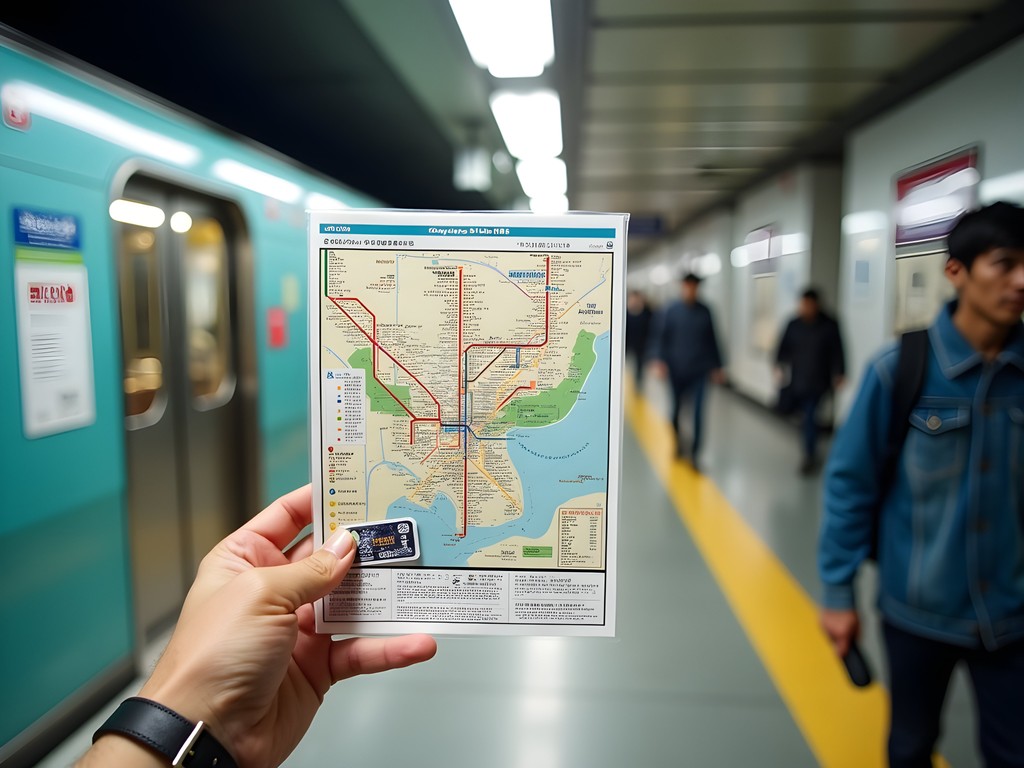
💡 Pro Tips
- Download the Japan Transit Planner app for offline route planning
- Look for station staff wearing 'I Speak English' badges if you need assistance
- Stand on the left side of escalators in Tokyo (unlike Osaka, where it's the opposite)
Ancient Meets Modern: Tokyo's Historical Sites for the Solo Explorer
One of the joys of Tokyo is how seamlessly it juxtaposes the ancient and contemporary. As someone who spends her professional life studying the material remains of past civilizations, I find Tokyo's historical sites particularly fascinating because they remain living, breathing parts of the city rather than isolated monuments.
Start your historical exploration at Senso-ji Temple in Asakusa, Tokyo's oldest Buddhist temple dating back to 645 CE. I recommend arriving just after opening (around 6:30 AM) to experience the morning rituals without crowds. The temple complex reveals layers of reconstruction—much like an archaeological site—as it has been rebuilt numerous times following fires and war damage. The current structures primarily date to the post-WWII period, though they maintain traditional architectural styles.
For a less-visited historical gem, seek out Nezu Shrine near Ueno, with its vermilion torii gate pathway reminiscent of Kyoto's famous Fushimi Inari but without the crowds. During my first spring in Tokyo, I stumbled upon their azalea festival by accident and spent hours photographing the vibrant blooms against the ancient shrine structures.
The Imperial Palace Gardens offer another window into Tokyo's past. While the palace itself is largely off-limits, the East Gardens are open to the public and contain remnants of Edo Castle's massive stone walls. I often bring my compact binoculars to spot architectural details and birds among the ancient trees—the same binoculars I use on archaeological surveys.
Solo travel allows you to move at your own pace through these historical sites. I often sit for an hour or more in one spot, sketching architectural details or simply observing how contemporary Japanese people interact with these ancient spaces—a form of living archaeology that fascinates me endlessly.
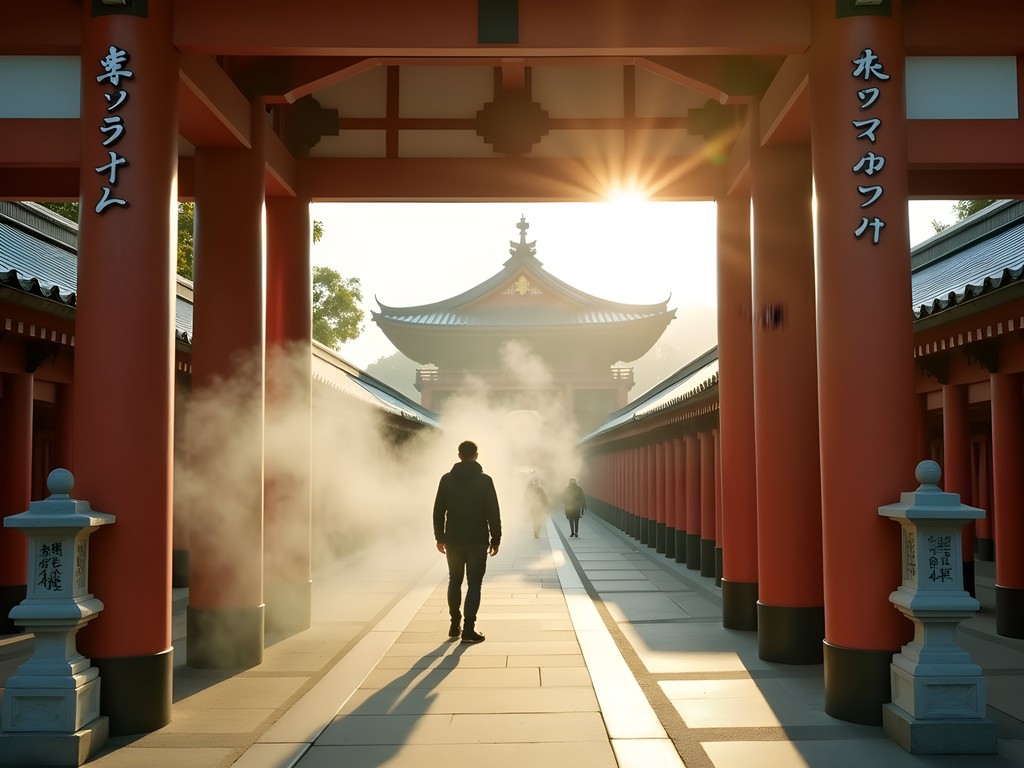
💡 Pro Tips
- Visit Yanaka Cemetery for a peaceful historical walk through one of Tokyo's few areas that survived WWII bombings
- Check temple and shrine websites for special events or festival dates
- Many historical sites close early (4:30-5:00 PM), so plan morning visits
Digital Nomad Oases: Tokyo's Best WiFi Cafés
As someone who frequently needs to upload field notes and research photos while traveling, I've become something of an expert on Tokyo's café culture. The city offers an incredible variety of spaces where you can recharge both your devices and yourself.
Fuglen Tokyo in Shibuya has become my second office when I need to write up research findings. This Norwegian-Japanese café transforms from a serene workspace during daylight hours to a cocktail bar at night. The mid-century furnishings and excellent pour-over coffee create the perfect atmosphere for productivity. Their stable WiFi has saved me during many research deadlines.
For a uniquely Japanese experience, try Café Kitsuné in Aoyama. Housed in a traditional Japanese house within a courtyard, it offers a tranquil setting despite being minutes from bustling Omotesando. Their matcha latte pairs perfectly with work sessions, though be aware it can get crowded on weekends.
My personal favorite discovery is Bookshelf Café in Shimokitazawa. As both an archaeologist and bibliophile, I'm drawn to their floor-to-ceiling bookshelves and quiet atmosphere. The café provides individual tables perfect for solo workers, and their noise-canceling headphones rental service is genius for deep focus sessions—so good that I eventually purchased my own pair for research trips.
For those on a budget, don't overlook the Starbucks Reserve Roastery in Nakameguro. While I generally prefer supporting local businesses, this four-story coffee wonderland overlooking the Meguro River is an experience unto itself, with ample seating and reliable connectivity. During cherry blossom season, the location along the sakura-lined canal is simply magical.
One cultural note: unlike in America, Japanese cafés don't mind if you linger for hours over a single drink. The flip side is that many charge a seating fee (usually 500-1000 yen) in addition to your order. This actually creates a more relaxed atmosphere where you won't feel pressured to keep ordering drinks to justify your table space.

💡 Pro Tips
- Most cafés offer free WiFi, but having a pocket WiFi device gives you more flexibility
- Cafés are quietest between 2-5 PM on weekdays
- Many Tokyo cafés have hidden power outlets near the floor—don't be afraid to ask staff where they're located
Market Archaeology: Unearthing Treasures in Tokyo's Shopping Districts
Markets have always fascinated me as an archaeologist—they're the perfect places to observe cultural exchange, material culture, and the evolution of commerce. Tokyo's markets range from centuries-old traditional shopping streets to ultra-modern department stores, each offering unique insights into Japanese culture.
Tsukiji Outer Market remains my favorite morning destination despite the famous inner fish market having relocated to Toyosu. The narrow alleys lined with food stalls offer a glimpse into traditional Japanese food culture. I recommend trying tamagoyaki (sweet rolled omelet) from Yamacho or fresh-sliced maguro (tuna) over rice. As a solo traveler, you can easily slip between stalls and counter-seating restaurants that might be difficult for larger groups.
For vintage treasures, Shimokitazawa neighborhood is unparalleled. I've found everything from 1970s kimonos to mid-century pottery in the secondhand shops that line its pedestrian-friendly streets. The archaeological mindset serves me well here—I'm always looking for items with stories, provenance, and cultural significance rather than just souvenirs.
On Sundays, don't miss Oedo Antique Market at Tokyo International Forum (or Yoyogi Park, depending on the schedule). This open-air market features hundreds of vendors selling genuine antiques, vintage items, and crafts. I've discovered Meiji-era (1868-1912) ceramics, woodblock prints, and even archaeological artifacts with proper provenance. Bring cash and your best negotiation skills.
For contemporary Japanese design, KITTE mall beside Tokyo Station houses carefully curated shops focusing on Japanese craftsmanship and innovation. The building itself is fascinating—a repurposed central post office with architectural elements preserved from different eras.
When shopping for multiple destinations, I always bring my foldable daypack that compresses to pocket-size but expands to hold plenty of treasures. It's been my trusty companion from Mexican archaeological sites to Japanese markets alike.
Remember that most Japanese shops still prefer cash, though credit cards are increasingly accepted in tourist areas. Bargaining is generally not practiced except at some antique markets and is done subtly and respectfully when appropriate.
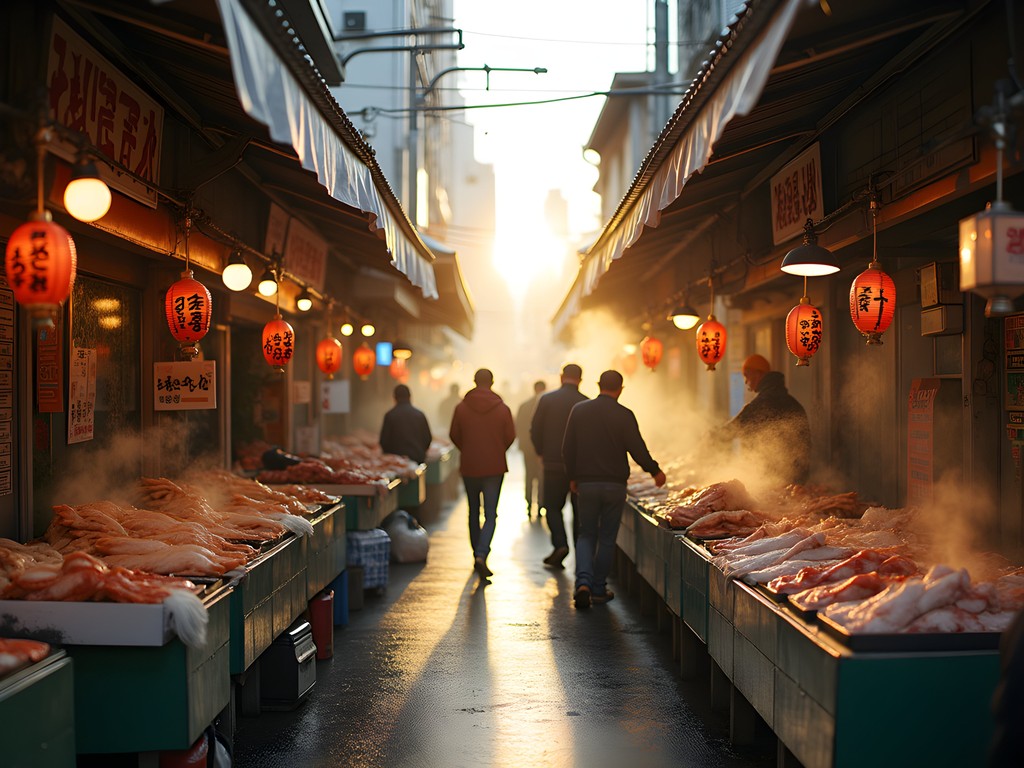
💡 Pro Tips
- Most markets open late (around 11 AM) and many shops are closed on Wednesdays
- Look for 'tax-free shopping' signs if you're a tourist—you can get the consumption tax refunded on purchases over 5,000 yen
- Bring a reusable shopping bag as plastic bags often cost extra
Urban Oases: Tokyo's Botanical Gardens and Green Spaces
One of Tokyo's most delightful surprises is how many green sanctuaries exist within this concrete metropolis. As someone who spends long hours examining archaeological sites, I've come to deeply appreciate these peaceful retreats for mental restoration between adventures.
Shinjuku Gyoen remains my favorite urban oasis, particularly for solo travelers seeking tranquility. The 144-acre garden seamlessly blends three distinct styles—Japanese traditional, formal French, and English landscape. During cherry blossom season (late March to early April), I arrive at opening time (9 AM) with a book and travel blanket to claim a spot beneath the sakura trees. The garden's 300 yen entrance fee keeps crowds manageable even during peak seasons.
Rikugien Garden offers perhaps the most authentically Japanese landscape experience. Created in the Edo period (1603-1867), this strolling garden recreates in miniature 88 scenes from famous Japanese poems. The careful archaeological eye will notice how each vista is meticulously designed to reveal itself gradually as you walk the paths around the central pond. In autumn, the evening illuminations transform the maple trees into a magical fiery landscape.
Institute for Nature Study in Meguro is my secret recommendation for those seeking absolute serenity. This 20-hectare nature preserve has been protected since 1949, allowing Tokyo's indigenous forest to flourish undisturbed. Walking its boardwalk paths feels like time travel to pre-urbanized Japan, with ancient trees and wildlife that have disappeared elsewhere in the city. I often bring my field notebook to sketch plants and observe seasonal changes, just as I would at an archaeological site.
For something completely different, visit Hama-rikyu Gardens where you can experience the fascinating juxtaposition of a 17th-century daimyo garden against the ultramodern skyscrapers of Shiodome. The 300-year-old pine trees frame perfect photographs of old and new Japan coexisting. Don't miss the traditional teahouse on an island in the seawater pond—one of the few places in Tokyo where you can experience a tea ceremony without reservation as a solo visitor.
A practical note for solo female travelers: Tokyo's gardens are extremely safe, even when visiting alone. I've spent countless hours reading, sketching, or simply contemplating in these spaces without ever feeling uncomfortable or unwelcome.
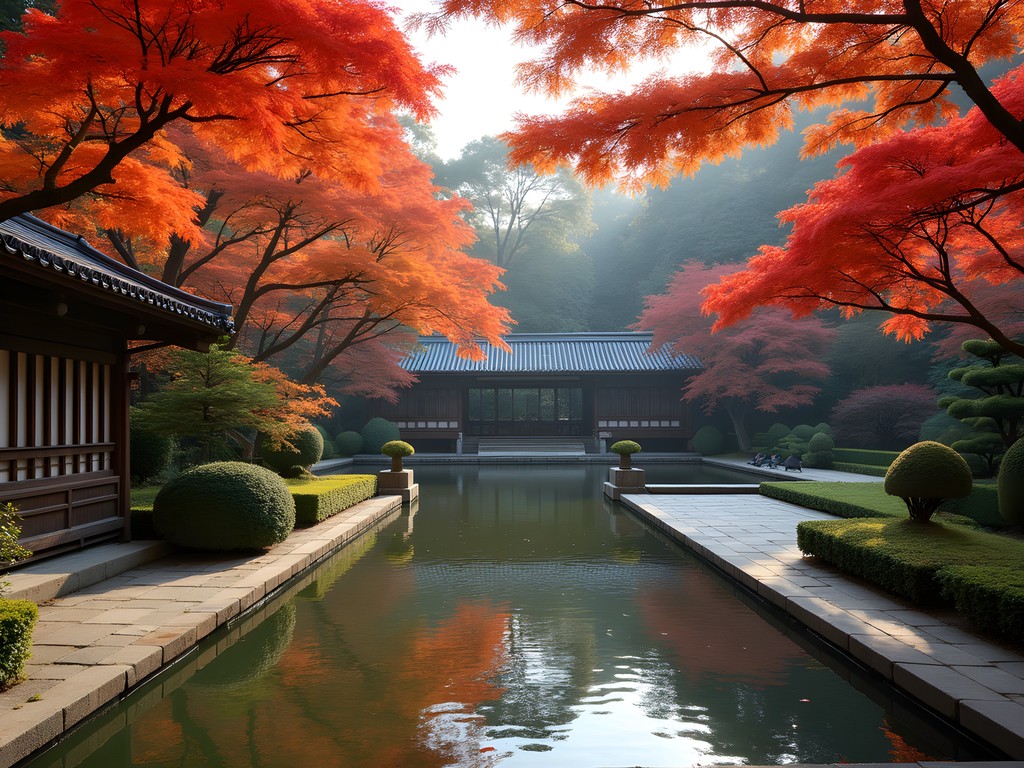
💡 Pro Tips
- Many gardens close earlier than you might expect (4:30-5:00 PM), so plan morning or early afternoon visits
- Garden cafés often offer seasonal specialties worth trying
- Check for special opening hours during cherry blossom and autumn foliage seasons
Solo Dining Adventures: From Convenience Stores to Michelin Stars
Dining alone in Tokyo is not just accepted—it's practically an institution. The city has perfected solo dining experiences across all budgets, making it my favorite place to eat alone anywhere in the world.
Let's start with the humble konbini (convenience store). Far from their American counterparts, Japanese convenience stores like 7-Eleven, Lawson, and FamilyMart offer surprisingly excellent food. During intensive research periods, I often grab onigiri (rice balls), seasonal bentos, and surprisingly good coffee for under 1,000 yen. The egg sandwiches are legendary among travelers for good reason!
Standing sushi bars provide another perfect solo dining experience. Uogashi Nihon-ichi in Shibuya offers excellent quality at reasonable prices. The counter-only setup means you'll never feel awkward dining alone, and the rapid turnover makes it perfect for travelers with full sightseeing schedules. Point to what looks good if your Japanese is limited—most chefs appreciate curious foreigners.
For a uniquely Tokyo experience, try a ramen vending ticket restaurant. Shops like Ichiran and Ippudo have perfected the solo dining experience with individual booths and minimal interaction. You simply purchase a meal ticket from a vending machine, hand it to staff, and wait for your personalized bowl of perfection. The privacy booths at Ichiran were designed specifically for solo diners who want to focus entirely on their ramen without distraction.
On the higher end, many Michelin-starred restaurants in Tokyo offer counter seating that's perfect for solo diners. Sushi Saito or Tempura Kondo provide intimate experiences where you can watch master chefs practice their craft inches from your seat. Reservations are essential and often need to be made months in advance through your hotel concierge.
My personal favorite solo dining hack is visiting department store depachika (food basements) like those at Isetan or Takashimaya. These underground food halls offer everything from perfect fruit to elaborate pastries and bento boxes. Purchase a selection of items and head to a nearby park or garden for a luxurious picnic. I always pack a lightweight travel cutlery set in my daypack for impromptu picnic opportunities.
One cultural note: unlike in many Western countries, there's absolutely no stigma attached to dining alone in Japan. In fact, solo dining is so common that many restaurants are specifically designed for it, with counter seating and even privacy booths or dividers.
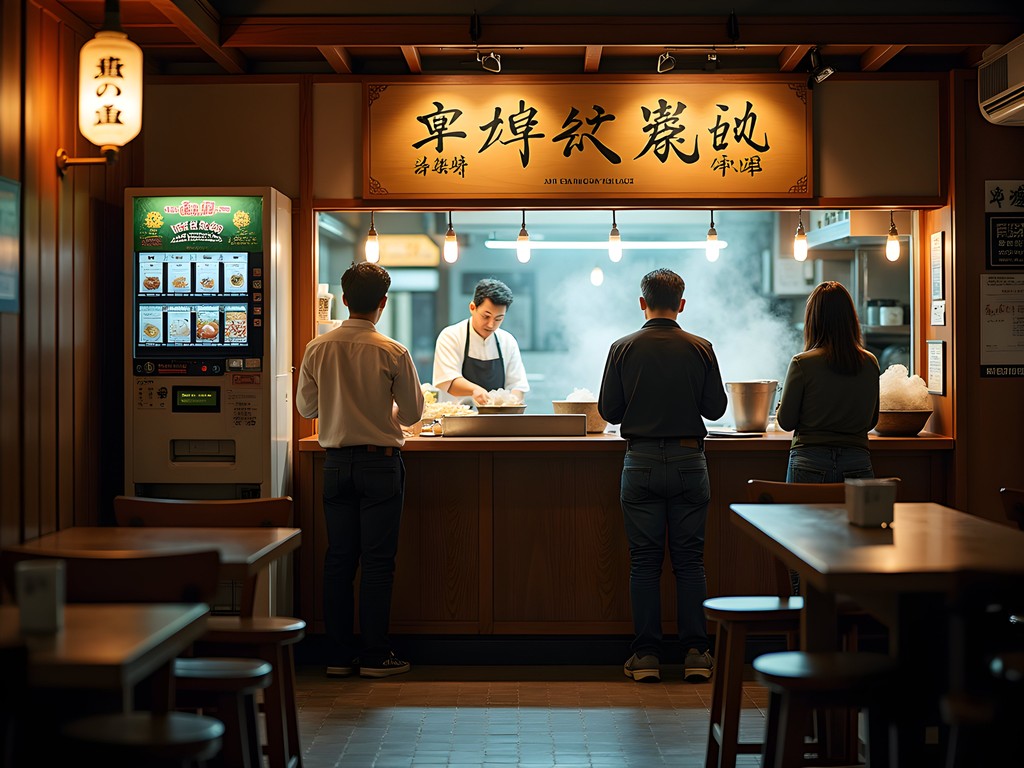
💡 Pro Tips
- Look for restaurants with ticket machines or visible plastic food displays for easy ordering without language skills
- Department store food halls typically discount items 30-50% in the final hour before closing
- It's perfectly acceptable to bring a book or use your phone while dining alone in Japan
Final Thoughts
As I wrap up this guide, I'm reminded that Tokyo—like any archaeological site—reveals its secrets gradually to those willing to observe closely. Solo travel here offers a unique opportunity to peel back the city's layers at your own pace, from ancient temple rituals at dawn to late-night ramen adventures. The initial complexity that might seem intimidating becomes part of the city's charm once you develop your own relationship with Tokyo's rhythms. Whether you're sketching thousand-year-old garden landscapes, hunting for vintage treasures in Shimokitazawa, or simply savoring the meditative ritual of a perfect cup of matcha, this city rewards the solo explorer with experiences that wouldn't be possible in a group. As both an archaeologist and traveler, I've found that Tokyo continues to reveal new discoveries even after three years of residence. So pack your curiosity along with your comfortable walking shoes, and prepare to excavate your own unique Tokyo story. The layers are waiting for you to uncover them.
✨ Key Takeaways
- Tokyo is one of the world's safest cities for solo travelers of any gender
- Learning basic transit navigation unlocks the entire city
- Early mornings offer magical experiences at popular sites without crowds
- Solo dining is normalized and even celebrated in Japanese culture
📋 Practical Information
Best Time to Visit
Spring (March-May) or Fall (October-November)
Budget Estimate
$150-250 per day including mid-range accommodation
Recommended Duration
5-7 days minimum
Difficulty Level
Intermediate

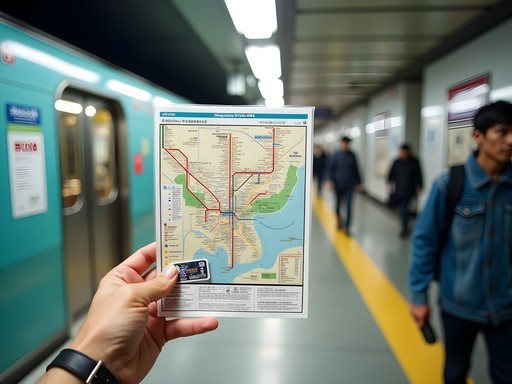
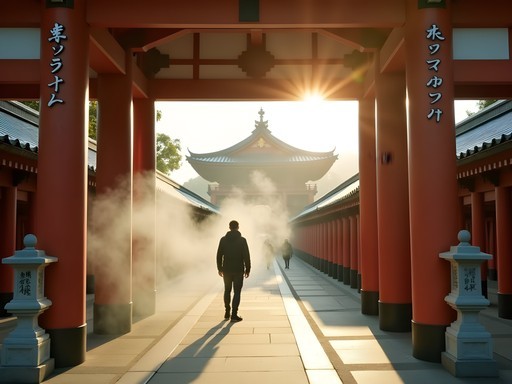

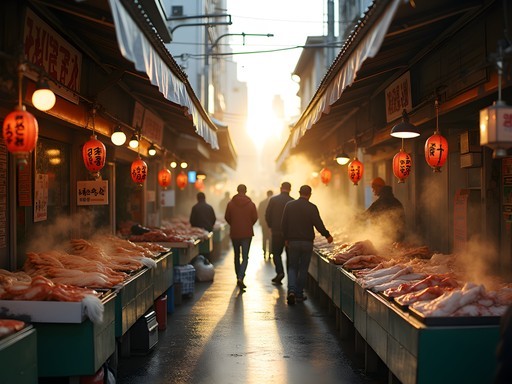
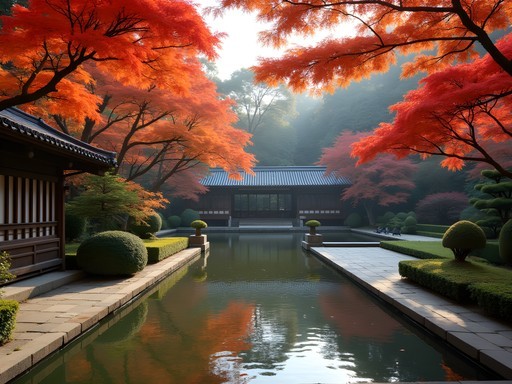
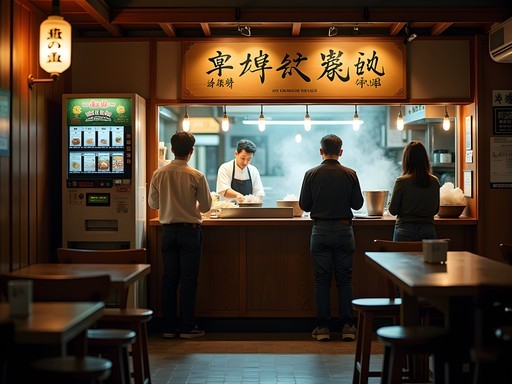


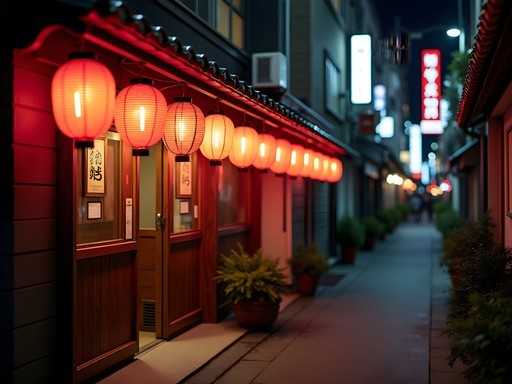

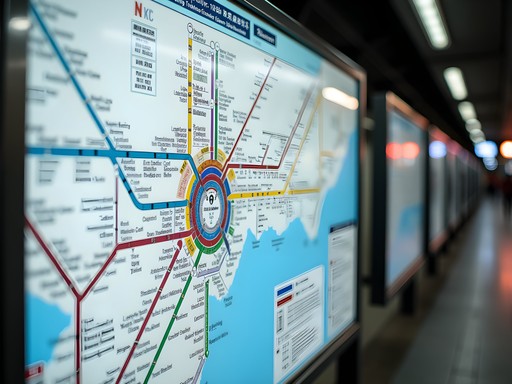
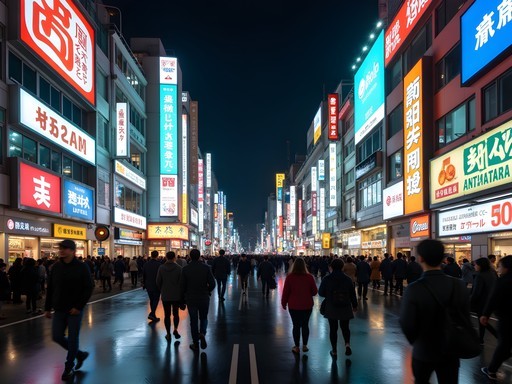
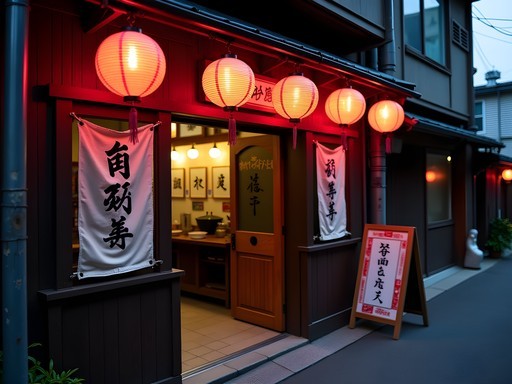
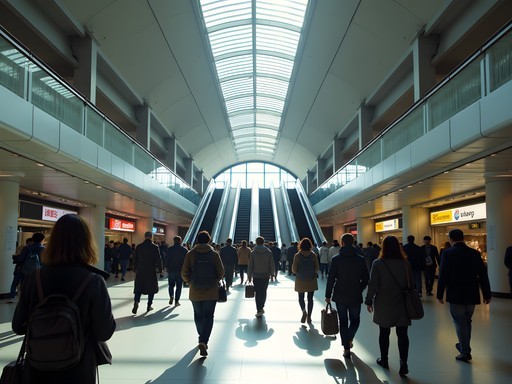
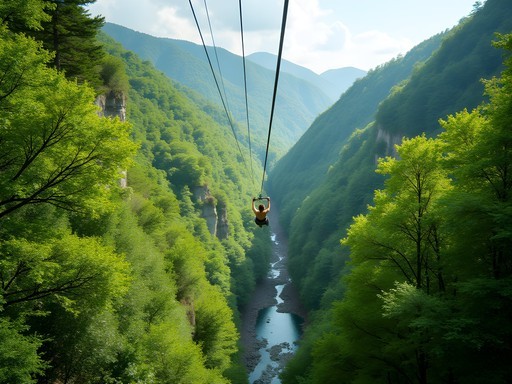

Comments
citywalker
Love your section on 'Market Archaeology'! Nakamise Shopping Street in Asakusa was my favorite - got the most amazing handmade chopsticks there. One thing I'd add for solo travelers is to check out some of the walking tours - I did a food tour in Yurakucho and met some great people who I ended up exploring with later in the trip.
journeyguy
First time commenter but had to say this post is perfect timing! I'm planning my first solo international trip and Tokyo is at the top of my list. Feeling a bit nervous about traveling alone but your post makes it seem less intimidating. Did you feel safe as a solo traveler? Any neighborhoods I should avoid?
citywalker
Tokyo is literally one of the safest major cities in the world. I've walked around at 2am as a solo female traveler and felt completely safe. Just use normal city smarts and you'll be fine!
Ana Robinson
Completely agree with @citywalker! Safety was never an issue for me. The biggest challenge was actually the opposite - sometimes it felt TOO safe and I got complacent about leaving my bag unattended (don't do that!). For first-timers, I'd recommend staying in Shinjuku or Shibuya - they're lively, well-connected, and have plenty of English signage.
George Hayes
Ana, your 'Digital Nomad Oases' section saved me during my family trip last month! We stayed in Shibuya, and that café you recommended with the panoramic views became our morning ritual. My wife could catch up on work while the kids and I planned our day. One tip for other families - I found using a pocket translator incredibly helpful for communicating with locals, especially in smaller shops off the tourist path. The kids got such a kick out of speaking into it and hearing the Japanese translation! Did you find that most people in Tokyo speak some English, or was the language barrier significant?
Ana Robinson
So glad the café recommendations helped, George! In my experience, you'll find English speakers in tourist areas and major hotels/restaurants, but venture into local neighborhoods and the language barrier becomes real. Basic Japanese phrases go a LONG way in showing respect, even if you just master 'arigatou gozaimasu' (thank you)!
wildrider
Great guide! Any recommendations for solo dining? I always feel awkward eating alone at restaurants when traveling.
citywalker
Not Ana, but I found Tokyo to be solo dining heaven! Counter seating at ramen shops is perfect for solo travelers, and many izakayas have bar seating too. Also try standing sushi bars - quick, delicious, and nobody cares if you're alone.
wildrider
Thanks for the tips! Counter seating sounds perfect.
Savannah Torres
Ana, your archaeological metaphor is spot-on! I visited Tokyo last spring with my two teenagers, and we felt like time travelers jumping between centuries. The Meiji Shrine was our favorite - stepping from the bustling Harajuku streets into that forest was magical. My kids still talk about how we found this tiny traditional tea shop right next to a Robot Restaurant poster. I'd add that families should definitely check out the Ghibli Museum if traveling with animation fans - tickets sell out months in advance but are absolutely worth planning ahead for!
moonpro
Ana, how difficult was it to navigate the train system at first? I'm heading to Tokyo next month and everyone keeps warning me about how complicated it is!
Ana Robinson
It's definitely overwhelming at first! My best tip is to download the Tokyo Metro app before you go. The color-coding helps immensely, and station staff are incredibly helpful if you look lost.
moonpro
Thanks! Definitely getting that app then. Did you use a Suica card or just buy individual tickets?
Ana Robinson
Definitely get a Suica card! You can load it at any station and it works for trains, buses, even vending machines and convenience stores. Huge time-saver!
roamnomad
Your section on 'Market Archaeology' sent me down memory lane! I spent hours getting lost in Nakamise Shopping Street and Ameya-Yokocho. Found the most amazing vintage kimono in a tiny shop that I still treasure. Ana, did you ever check out Shimokitazawa? That neighborhood is paradise for vintage hunters and has such a different vibe from central Tokyo.
Ana Robinson
Shimokitazawa is one of my favorite neighborhoods! Could spend days exploring those vintage shops. Maybe I should write a follow-up post on Tokyo's hidden neighborhoods...
roamphotographer
Please do! Would love to see your take on Koenji and Daikanyama too!
travelwithme22
Going to Tokyo in September! How did you handle money there? Is it still very cash-based or can I use cards everywhere?
happyking
Still surprisingly cash-based! Many small restaurants and shops are cash only. Definitely bring yen with you or withdraw from 7-Eleven ATMs (most reliable for foreign cards).
Savannah Walker
Agree with happyking - I was shocked how many places didn't take cards. Major department stores and chains do, but for the authentic local spots, cash is king!
mountainseeker
This guide is perfect timing! I'm going solo to Tokyo in November. How difficult is it to navigate if you don't speak any Japanese? A bit nervous about that part.
roamnomad
I went last year knowing zero Japanese and survived just fine! Major stations have English signage, and most young people speak some English. Download Google Translate and learn basic phrases like 'thank you' (arigatou) and 'excuse me' (sumimasen). The effort is appreciated!
mountainseeker
That's so reassuring, thanks! Will definitely practice those phrases.
Frank Carter
Ana, your archaeological framing of Tokyo is inspired! It reminds me of my first solo trip there in 2019. I remember standing in Shibuya Crossing, watching the organized chaos unfold around me like some modern ritual, while just blocks away at Meiji Shrine, time seemed to stand completely still. For anyone reading this and planning a visit, I'd add one suggestion to Ana's excellent guide: take at least one day to get purposefully lost. Some of my most memorable Tokyo discoveries came from wandering down random alleyways in Shimokitazawa and stumbling upon tiny six-seat izakayas where no one spoke English but everyone was welcoming. The layers of this city reveal themselves best when you're not looking directly at them.
Venture X
Premium card with 2X miles, $300 travel credit, Priority Pass